Transplanting Honeysuckles: How To Transplant A Honeysuckle Vine Or Shrub
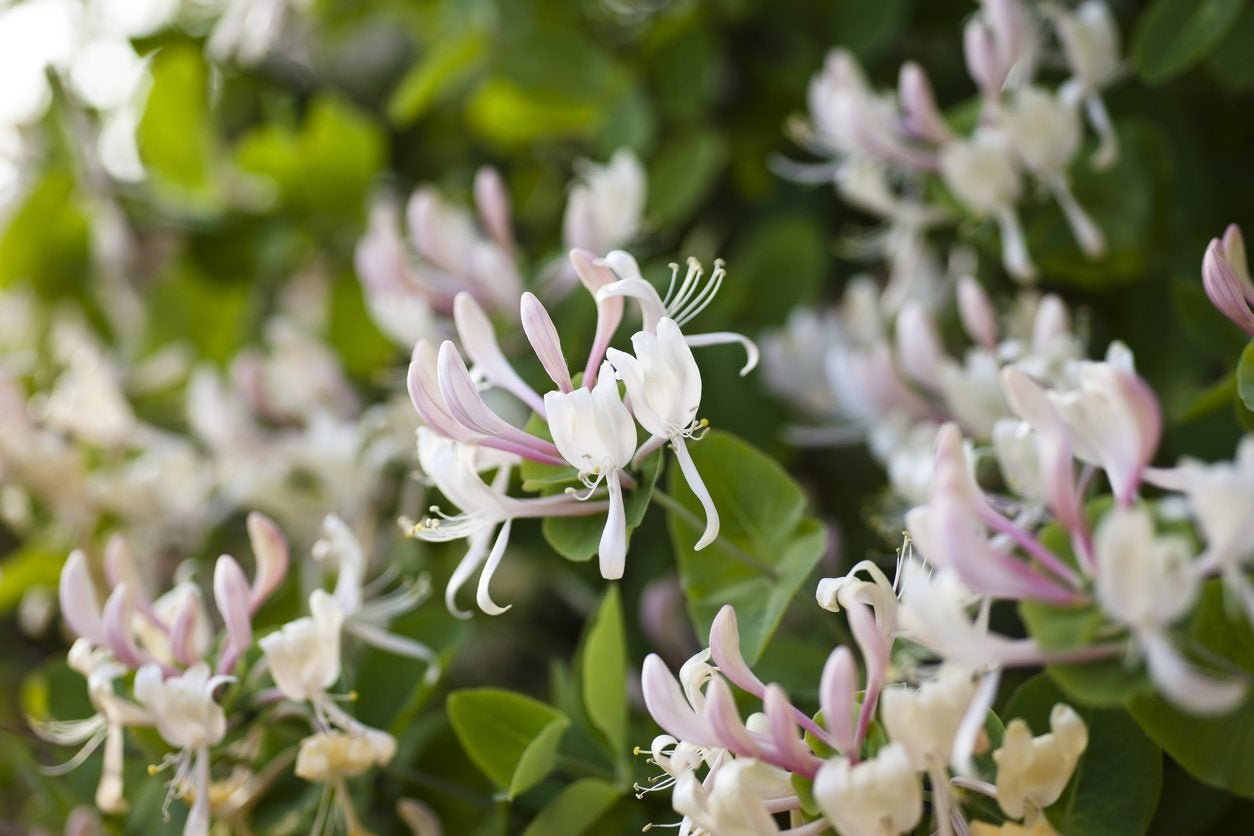

Few things smell better than fragrant honeysuckle blossoms. Even the most attractive plants must be moved around in the garden sometimes. Whether you have a vine or a shrub, transplanting honeysuckles isn’t too hard, as long as you know what you are doing. If you are planning on transplanting bush honeysuckle or moving a honeysuckle vine in the near future, you’ll find tips in this article that will assist you.
When Can You Transplant Honeysuckle?
Can you transplant honeysuckle vines and bushes? Yes, you can. Just be sure you act at the right time. Despite its vining habit, honeysuckle is a woody shrub. In cool to moderate climates, it’s a deciduous plant that goes dormant in autumn. This is an ideal time to transplant. If you happen to live in a very warm climate where honeysuckles don’t go dormant, you have more choice in timing. Transplanting honeysuckles is possible at almost any time of the year, although you’ll do well to exclude periods of extreme summer heat.
How to Transplant a Honeysuckle Plant
If you are planning on transplanting bush honeysuckle or moving honeysuckle vines, you’ll want to plan ahead so that you can root prune the plant. Do this in spring by tracing a large circle on the surface of the soil around the root ball, then cutting down along that circle with a sharp spade. Root pruning is an important part of transplanting honeysuckles because it severs the longest roots. The new, shorter roots can be transplanted with the root ball. If you are moving a honeysuckle vine, cut it back by about one-third at the same time you root prune. If you are transplanting bush honeysuckle, a good trim of about one-third of the plant helps it avoid transplant shock.
Transplanting Honeysuckles
The next step in transplanting honeysuckles is to dig a new hole. Choose your location well, taking into account the needs of the species you have, and dig out a hole quite a bit larger than the root ball. Mix compost into the native soil. Then return to the plant. Use a shovel or spade to reopen and expand the circle around the root ball until you can wedge a shovel under it. Carefully lift out the root ball and set it on a tarp for easier transport. Move it to the new location. Fill the hole with water and let it drain before putting the honeysuckle root ball into it. Use the extracted soil mixed with compost to fill in around it, then water slowly until water stands on the surface of the soil. Repeat the watering several times a week.
Gardening tips, videos, info and more delivered right to your inbox!
Sign up for the Gardening Know How newsletter today and receive a free copy of our e-book "How to Grow Delicious Tomatoes".

Teo Spengler is a master gardener and a docent at the San Francisco Botanical Garden, where she hosts public tours. She has studied horticulture and written about nature, trees, plants, and gardening for more than two decades. Her extended family includes some 30 houseplants and hundreds of outdoor plants, including 250 trees, which are her main passion. Spengler currently splits her life between San Francisco and the French Basque Country, though she was raised in Alaska, giving her experience of gardening in a range of climates.
-
 Looking For Plants To Give You The Soft And Fuzzies? Try These 5 Fuzzy Leaf Plant Options
Looking For Plants To Give You The Soft And Fuzzies? Try These 5 Fuzzy Leaf Plant OptionsLovers of texture, drama, silver foliage and tactile plants will adore these special sensory garden additions. These fuzzy leaf plant options will leave you all aglow
By Susan Albert
-
 Get Ready For A Summer Of Hummers! Grow These Full Sun Hummingbird Plants and Flowers
Get Ready For A Summer Of Hummers! Grow These Full Sun Hummingbird Plants and FlowersIf you’re lucky enough to enjoy a sunny backyard, make sure you are maxing out on your pollinator opportunities and grow these full sun hummingbird plants and flowers
By Tonya Barnett
-
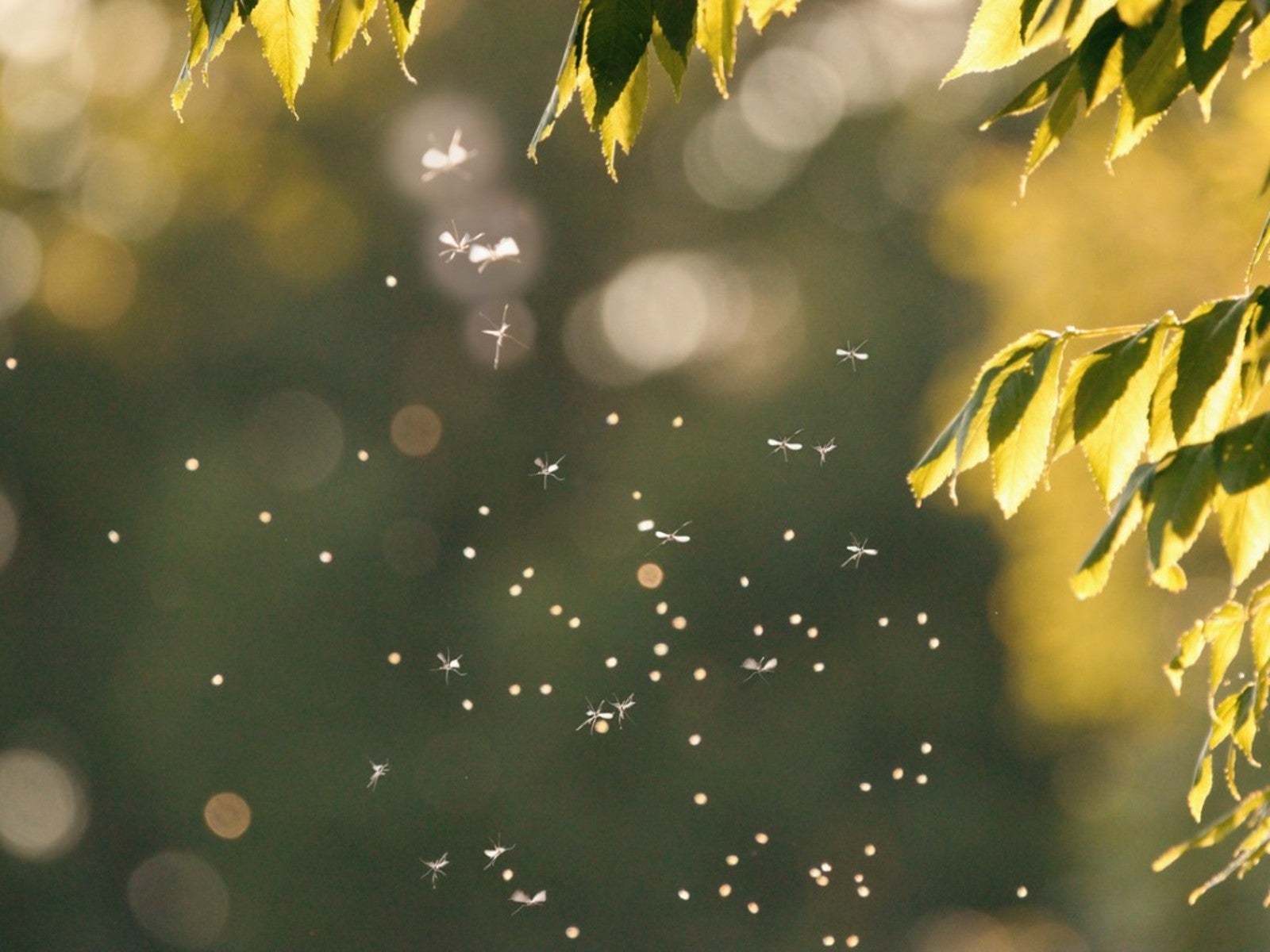 Honeysuckle Plants That Attract Mosquitoes
Honeysuckle Plants That Attract MosquitoesRecently, scientists have discovered a big problem: non-native honeysuckles might increase your yard’s mosquito population.
By Mary Ellen Ellis
-
 DIY Honeysuckle Wreath: How To Harvest And Use Honeysuckle
DIY Honeysuckle Wreath: How To Harvest And Use HoneysuckleWreaths lend a natural note to holiday decorations. Learn how to make a honeysuckle wreath for a keepsake you can use for years to come.
By Mary Ellen Ellis
-
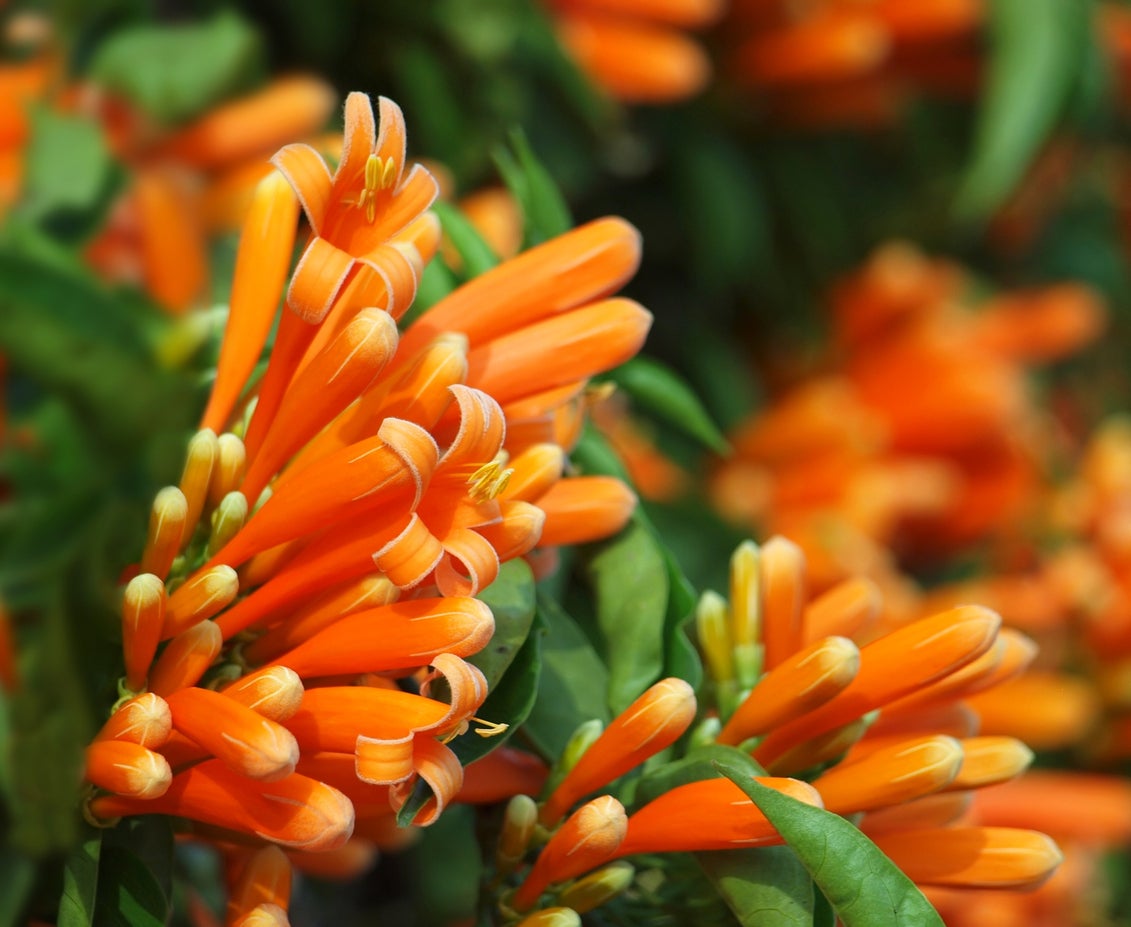 What Is Western Honeysuckle – How To Grow Orange Honeysuckle Vines
What Is Western Honeysuckle – How To Grow Orange Honeysuckle VinesWestern honeysuckle vines climb up some 33 feet (10 m.) and decorate the garden with sweet-smelling orange blossoms. Click this article for information about these vines including tips on how to grow orange honeysuckle in your home landscape.
By Teo Spengler
-
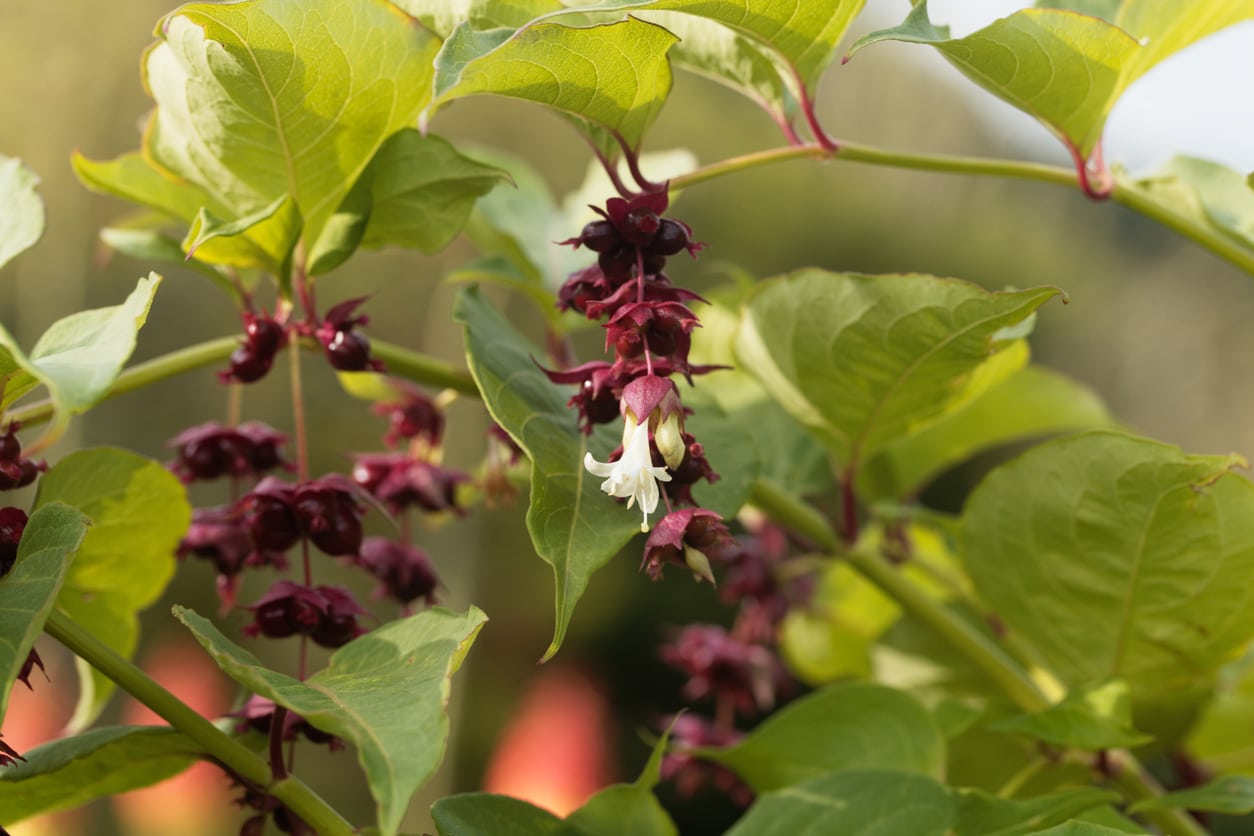 Himalayan Honeysuckle Plants: Tips For Growing Himalayan Honeysuckles
Himalayan Honeysuckle Plants: Tips For Growing Himalayan HoneysucklesHimalayan honeysuckle plants develop a truly unique looking flower. It is a carefree blooming plant that is attractive to butterflies, bees and even hummingbirds. The blooms are followed by tiny purple berries. Learn more about the plant in this article.
By Bonnie L. Grant
-
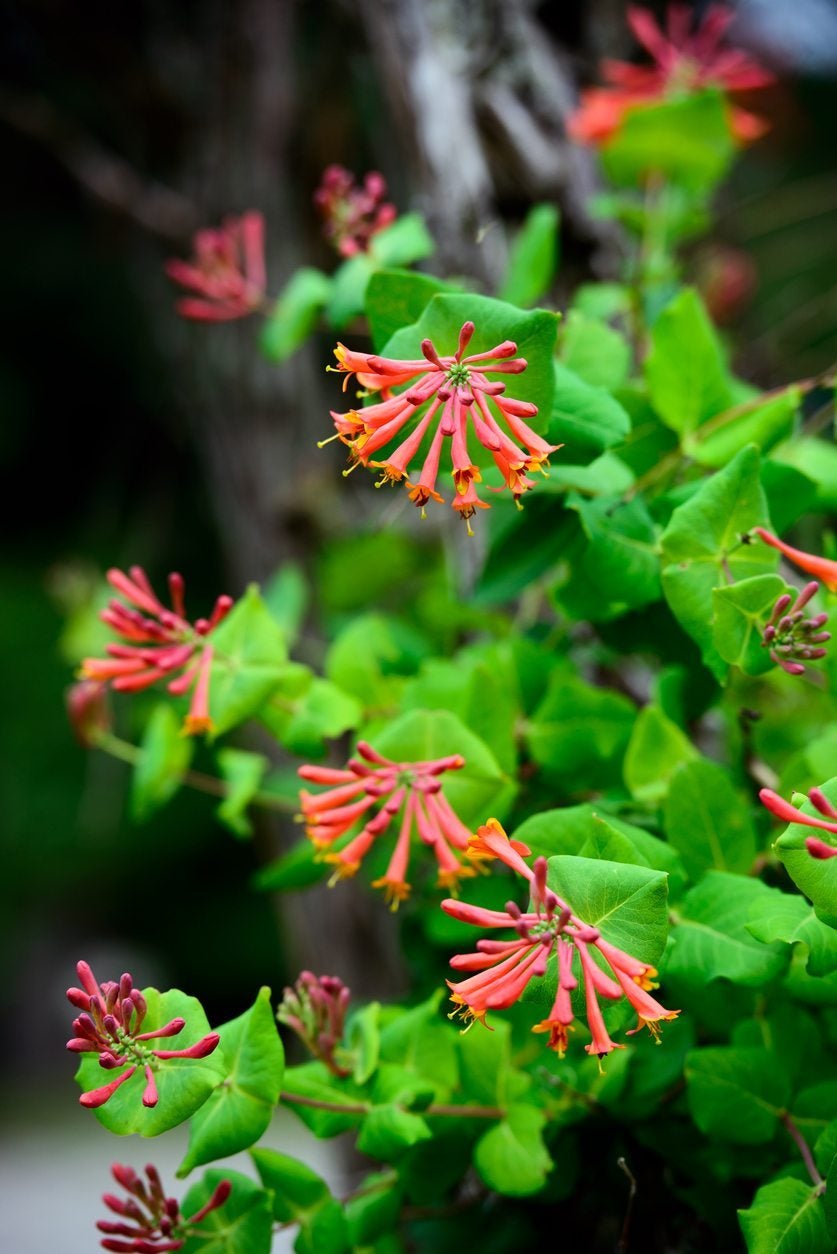 Coral Honeysuckle Info: How To Grow Coral Honeysuckle In The Garden
Coral Honeysuckle Info: How To Grow Coral Honeysuckle In The GardenCoral honeysuckle is a beautiful, fragrant, flowering vine native to the southern United States. It provides a great cover for trellises and fences that is the perfect alternative to its invasive, foreign cousins. Learn more coral honeysuckle info in this article.
By Liz Baessler
-
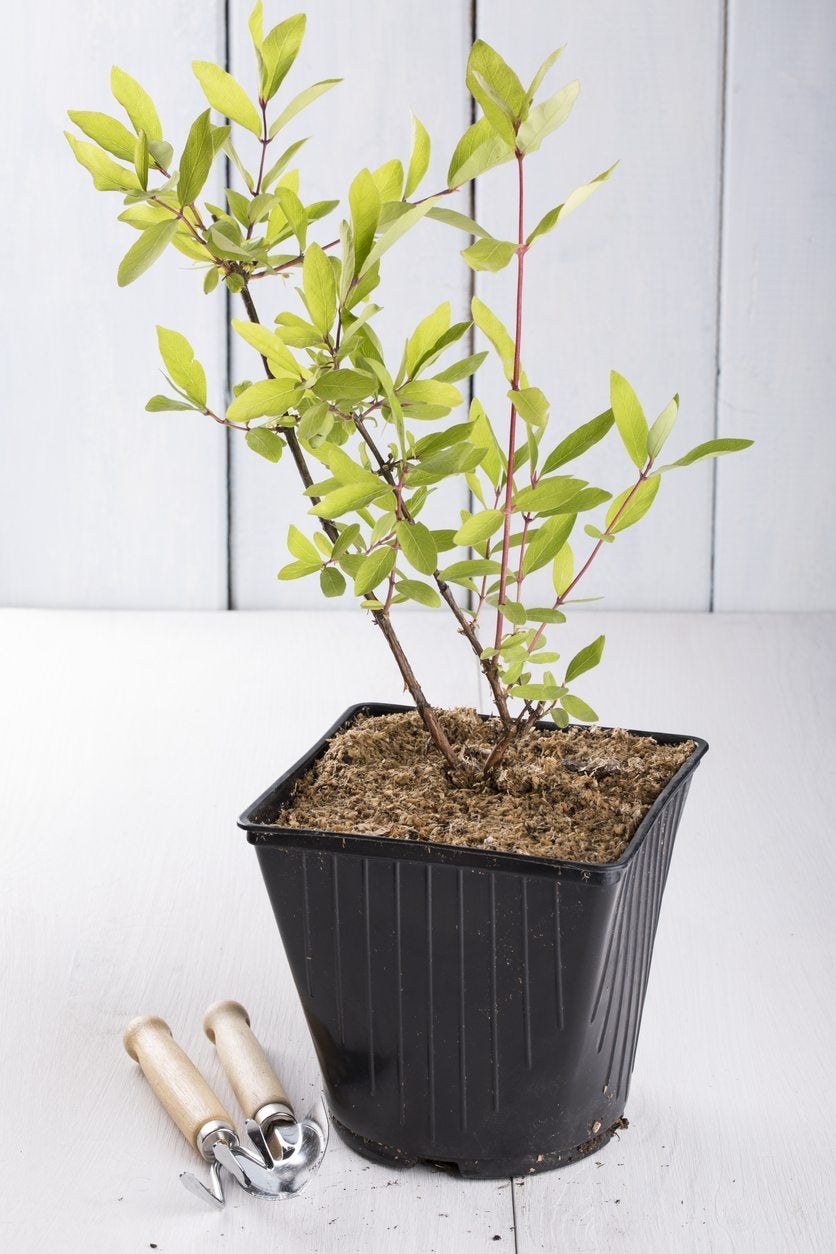 Honeysuckle Seeds And Cuttings: Tips For Propagating Honeysuckle Plants
Honeysuckle Seeds And Cuttings: Tips For Propagating Honeysuckle PlantsThe non-invasive honeysuckle is a desirable garden plant for pretty flowers. Propagating honeysuckle can be done in several ways. To expand the reach of this pretty, shade-creating vine in your garden, follow the tips and guidelines found in this article.
By Mary Ellen Ellis
-
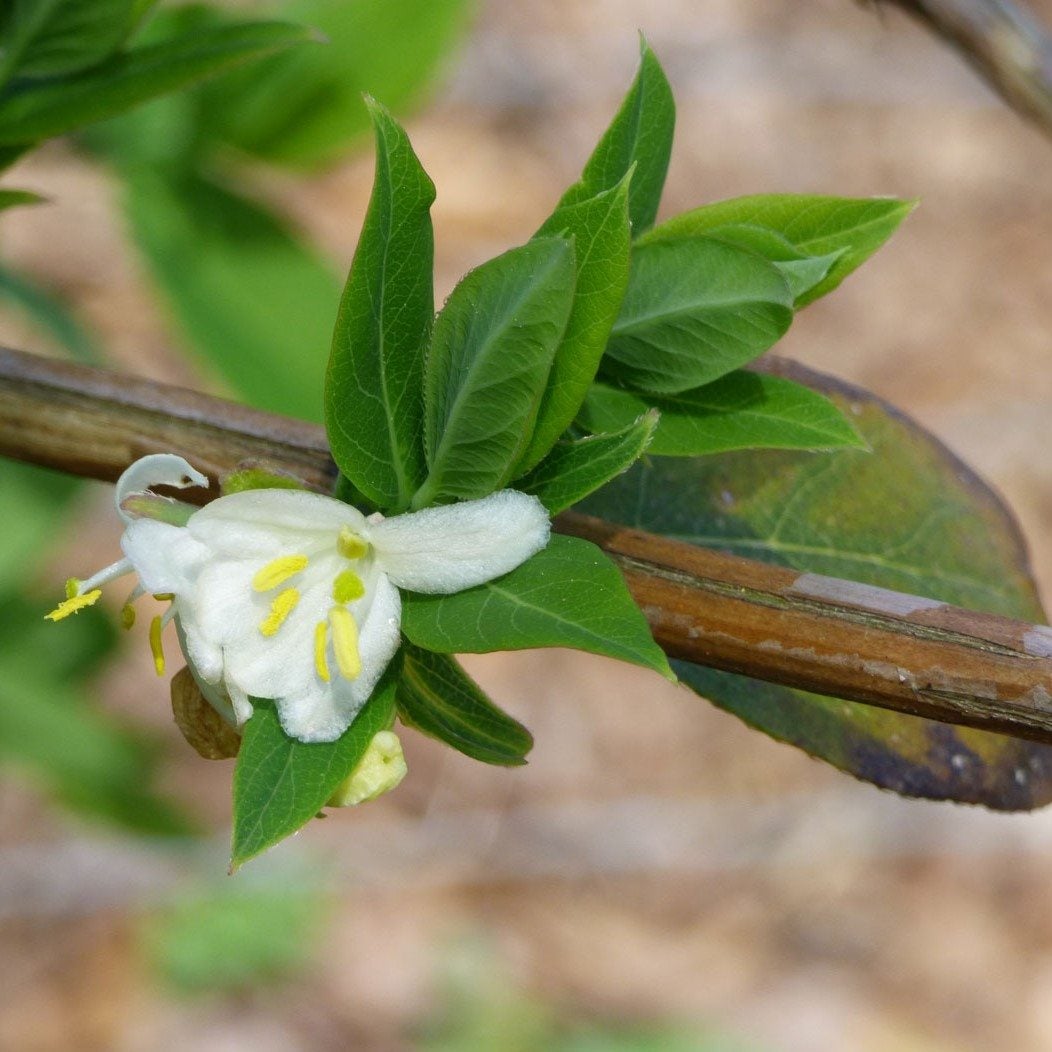 Care Of Winter Honeysuckle: Tips On Growing Winter Honeysuckle Shrubs
Care Of Winter Honeysuckle: Tips On Growing Winter Honeysuckle ShrubsThe winter honeysuckle bush has delightfully fragrant flowers popular with gardeners and landscapers. You can even find unattended stands thriving at crumbling old homesteads and graveyards. Learn more about winter flowering honeysuckle plants in this article.
By Jackie Carroll
-
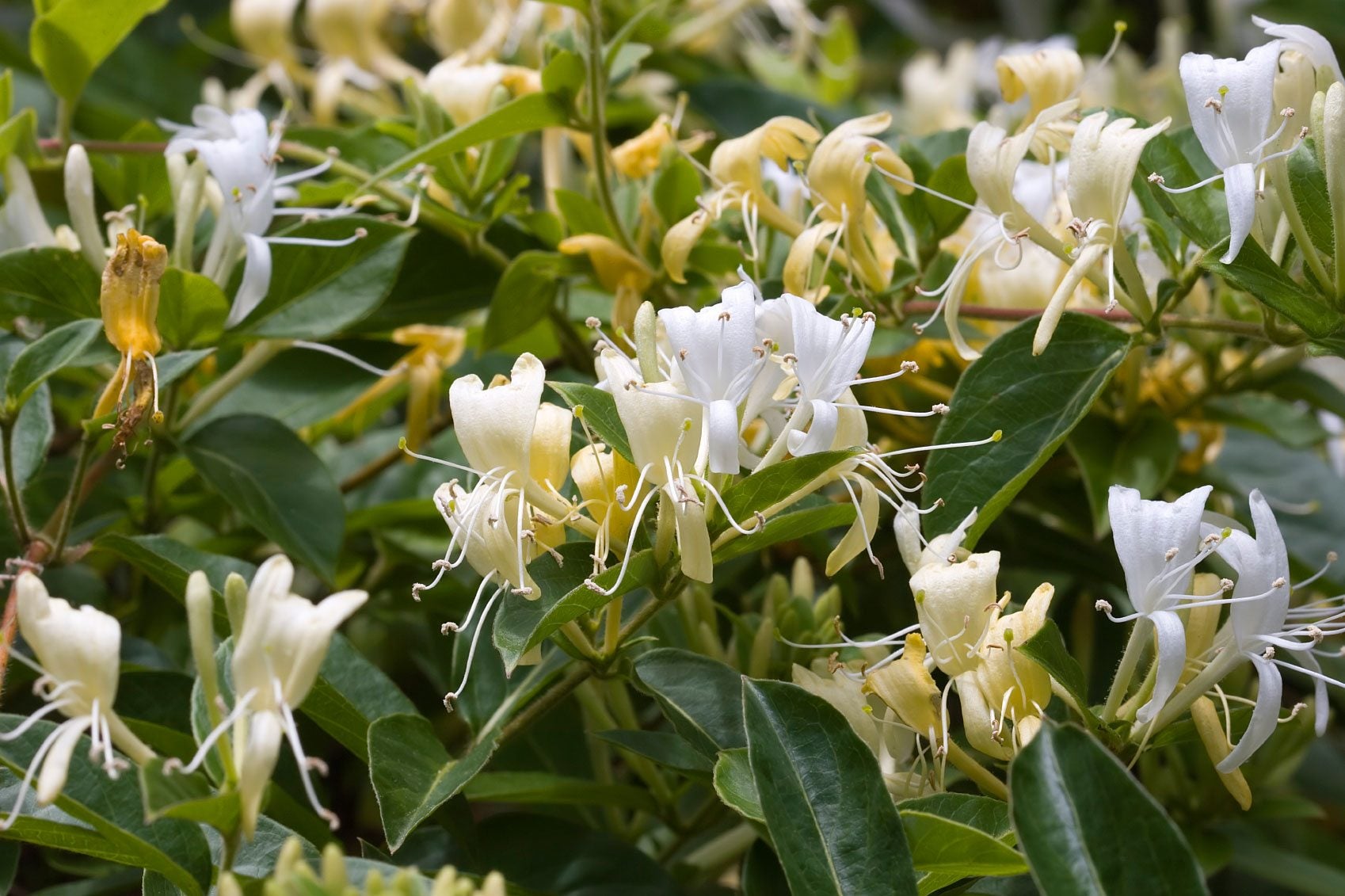 Japanese Honeysuckle Weed: How To Control Honeysuckle In Gardens
Japanese Honeysuckle Weed: How To Control Honeysuckle In GardensJapanese honeysuckles are invasive weeds that can take over your garden and damage the environment. Learn how to distinguish native honeysuckle from the exotic species and techniques for honeysuckle weed control in this article.
By Jackie Carroll